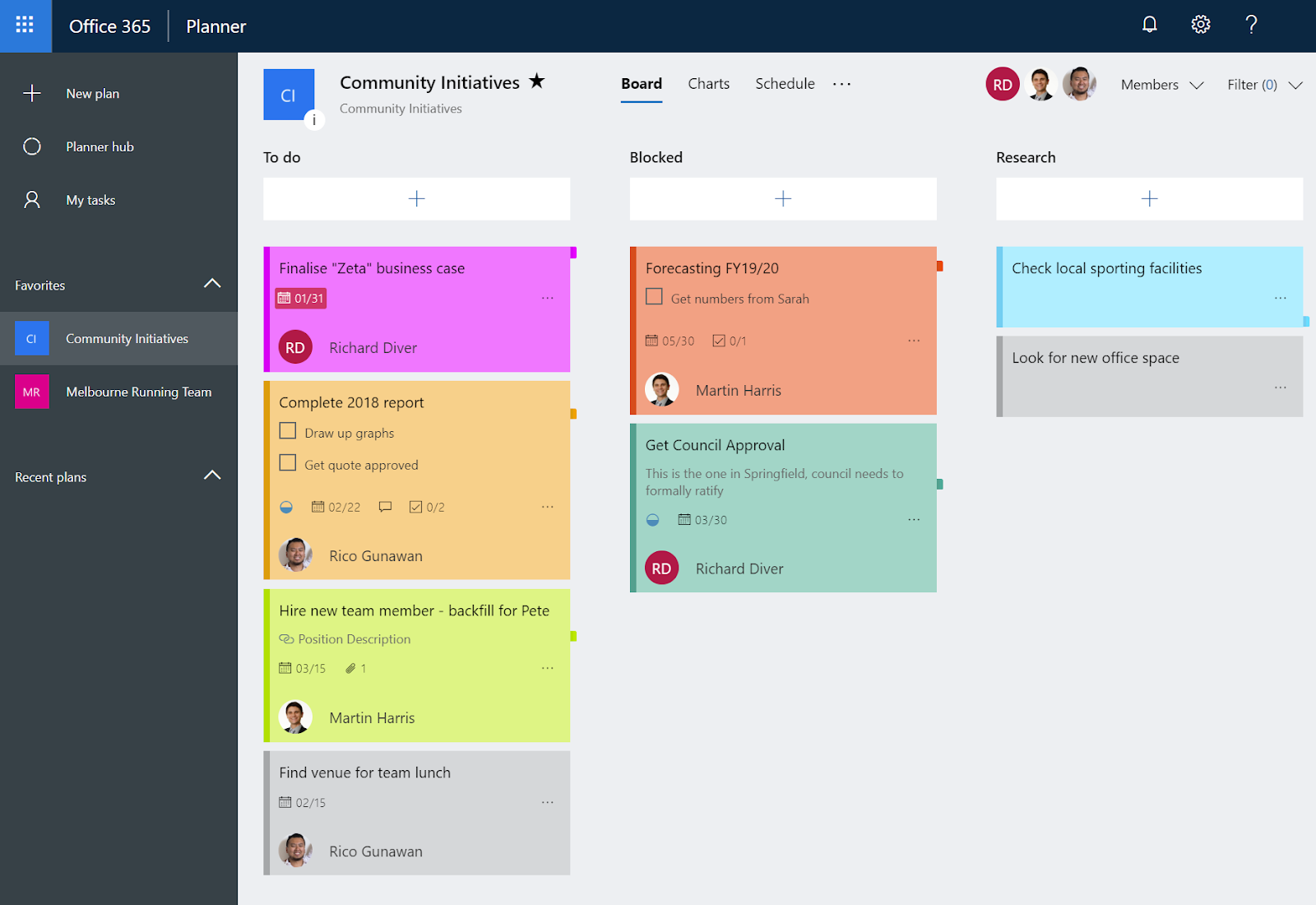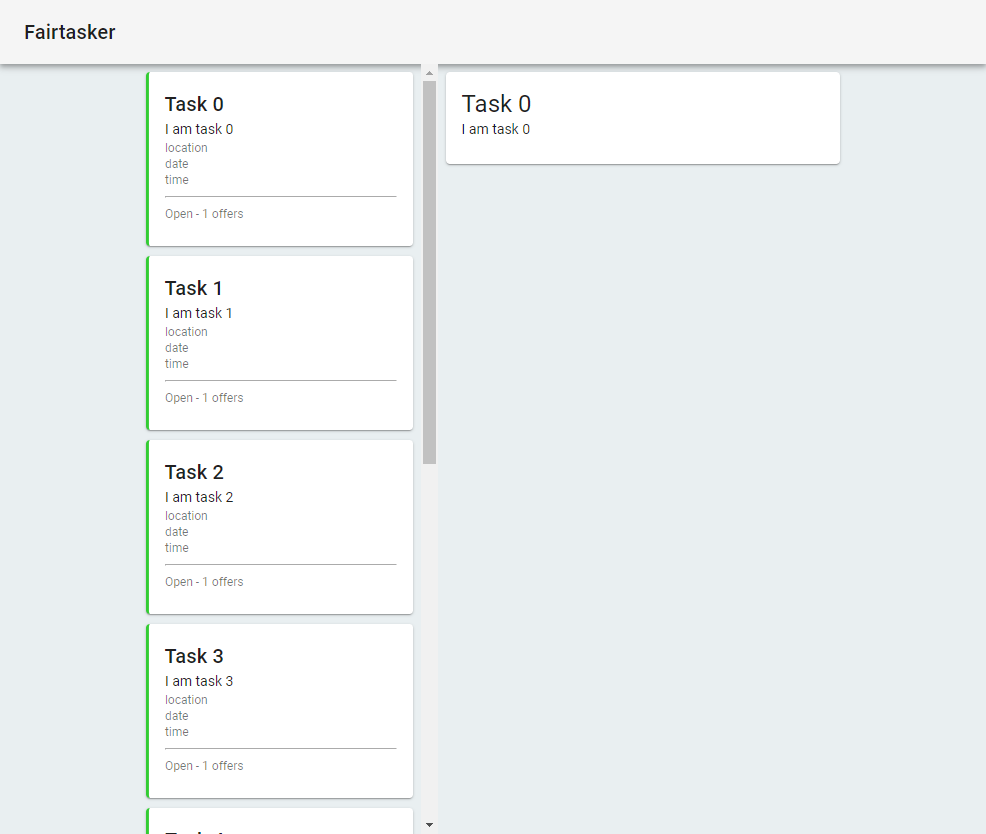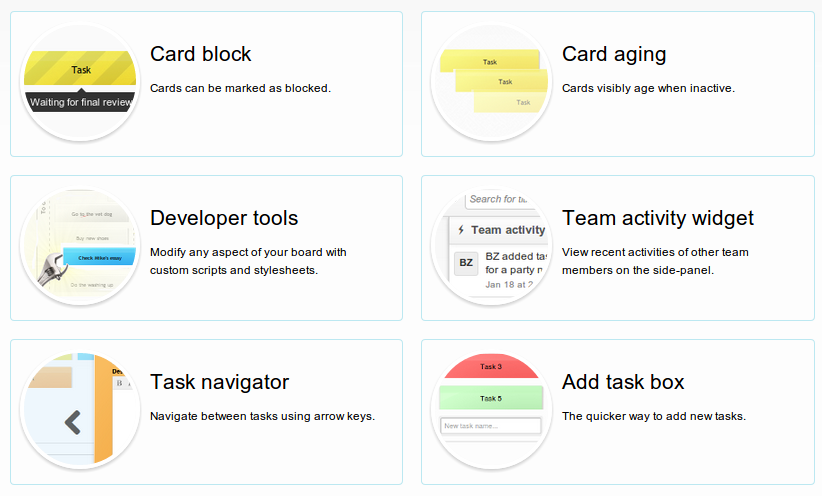

- JAVASCRIPT CREATE TASKCARD HOW TO
- JAVASCRIPT CREATE TASKCARD UPDATE
- JAVASCRIPT CREATE TASKCARD MANUAL
- JAVASCRIPT CREATE TASKCARD SOFTWARE
Let’s see how we could use this concept to build a task-card component.
JAVASCRIPT CREATE TASKCARD MANUAL
Next, we want to be able to display our tasks in different columns, but if we simply copy and paste the class=“card” element we’ll have to make manual adjustments to each copy.įor such use cases, Vue comes with a built-in Component function, which makes it easy for us to build reusable parts.
JAVASCRIPT CREATE TASKCARD UPDATE
Now we can update our template to make sure that only open tasks are rendered in the “Open” column This way we have the guarantee that whenever the underlying tasks data changes, all the bindings that depend on our computed properties will be updated as well. To make use of these functions from the Vue instance, we’ll extend the instance’s options object with the computed property and expose them as computed properties. Let’s fix that and filter the tasks by status!įirst we’ll define the filter functions that return all tasks with a given status: This all looks great, but without taking the status of a task into account, all the tasks will be rendered in the “Open” column. The styles associated with this template are as follows: In our template, we’re mainly using the double curly braces syntax and the v-for directive. The Vue templating syntax provides us with different mechanisms of accessing the underlying instance data, such as interpolations, directives, and so on. This element is bound to that instance’s data, which allows us to reference the data directly from the template. The HTML element specified by id=“board” is the DOM element managed by the Vue root instance we created earlier. In Vue we use an html-based template syntax. Once the root instance is in place, we can create a template to display its data. In the options object passed to the instance, we use el to specify the DOM element the instance is plugged into and data to describe the data that will be handled within the app. Next, we will create a Vue instance that will serve as root of our application. ⚠️ Please note that in this article as well as in the sample application we are using: To get started, we need to prepare the entry html file and load Vue.js and Bulma libraries. You can find the complete source code on JSFiddle.

The cards display the team member assigned to complete each task and the number of hours needed to complete that task. The cards that show each task are arranged vertically by status: Open, In-Progress, and Completed. I chose Bulma for the CSS framework because it’s written by Jeremy Thomas, author of Web Design in 4 Minutes.īelow is a screenshot of what the finished app will look like.
JAVASCRIPT CREATE TASKCARD SOFTWARE
I really like it because you can start implementing it on a small scale project at first and then, as your software grows, you can integrate it with other libraries to power large and highly complex applications. Vue bills itself as a progressive framework. Lately, I’m interested in front-end development and have been experimenting with Vue.js in my spare time. ProdId: false, // remove `X-PRODID:ez-vcard 0.10.As a developer for Backlog, my work usually revolves around Scala and Java, but I like pretty much all dynamically typed languages, like Ruby and JavaScript. Path: path.join(_dirname, 'contact_picture.jpg'), Router.get('/', function(req, res, next) from './src/index'

JAVASCRIPT CREATE TASKCARD HOW TO
Below is an example of how to get it working on Express 4: const express = require('express') Simple example of how to create a basic vCard and how to save it to a file, or view its contents from the console: const vCard = require('vcards-js') Īlso you can use vCards JS on your website. As you wrote in the comment yes: vCards JS uses NodeJS.


 0 kommentar(er)
0 kommentar(er)
